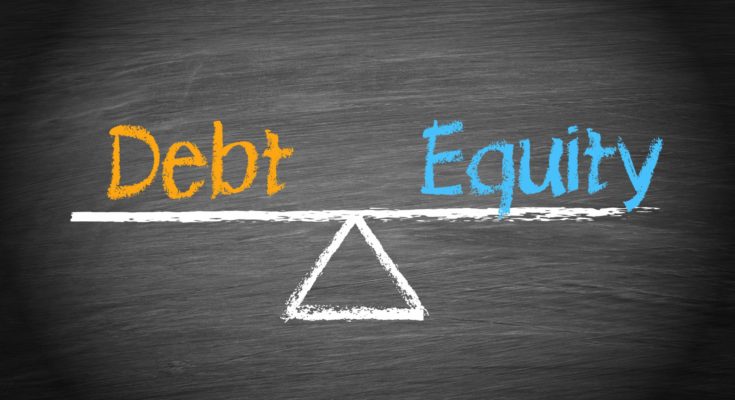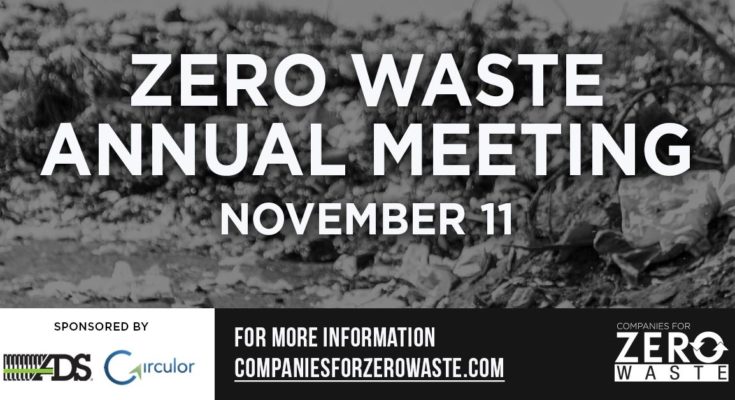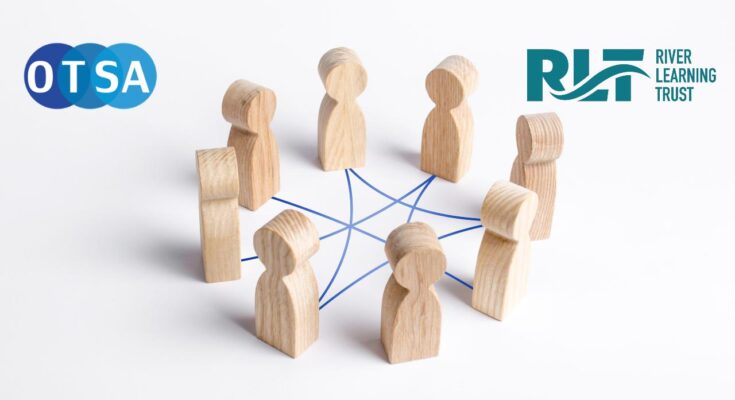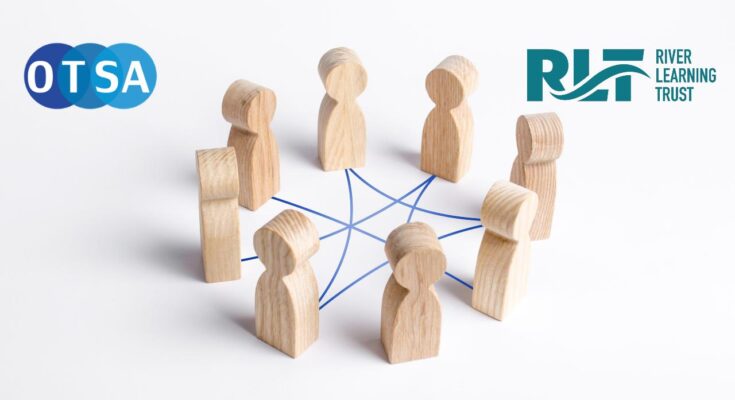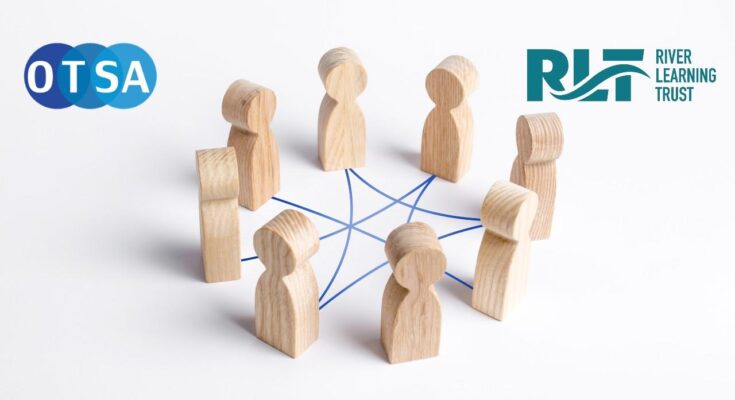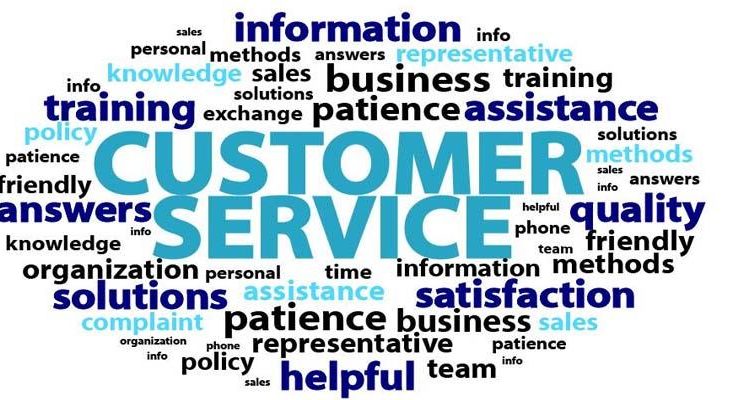Need a guide on how to complete your first self-assessment tax return?
Are you self-employed? Or do you hold a formal job but have a side hustle? Well, if you resonate with any of these scenarios, you might want to know everything concerning Self-Assessment.
If you have no past experience with Self-Assessment, you might find that the task of completing a self-assessment can be quite buzzing. However, with the right guidance, you should be able to handle it on your own in no time.
The guideline is, this process applies to the individual who collects an income that doesn’t get taxed at the source. They have no option but to fulfil the self-assessment.
If I’m a Freelancer, I’m I Obligated to Complete It?
Many people are turning to freelance jobs so as to boost the money they bring in from their formal jobs. Seldom do their employers know what their employees are doing. However, as much as you would want your boss to be in the dark about your side hustle, you’ll have to disclose it to the taxman.
In this case, you start off by registering as a self-employed individual. It also involves completing your self-assessment so that the taxman knows just how much you make from your job. It will also allow them to determine how much more you’ll be required to add on top of the payments you’re making as monthly PAYE tax.
How to Register with HMRC
It’s necessary that you register formally with HMRC. This is to make it known to the government that you desire to submit your Self-Assessment tax returns. Oftentimes, registration takes place after 5th October every year when the tax year officially ends.
During registration, you will, for example, be needed to file your tax returns from the tax year 2019/2020. You have to guarantee that the returns get received by 5th October 2020. Otherwise, you pay a penalty in the event that you fail to file your returns by this date.
Registration can be carried out by phone, post, or online. It’s important that you give yourself ample time to submit your registration.
Here’s what you require for you to register:
National Insurance Number
Personal and Business Information
Upon registration, you’ll receive a UTR (Unique Taxpayer Reference) from HMRC through the postal address that you provided.
This is the number that you’ll use when you sign up for HMRC Online Services. A PIN number will also be sent by HMRC to you. You’ll leverage it when getting onto their Online portal.
Afterwards, you’ll be able to present the Self-Assessment online. It’s projected that this process will be simplified once the HMRC officially rolls out their online services. As of now, you have to depend on the Royal Mail and HMRC for the whole registration.
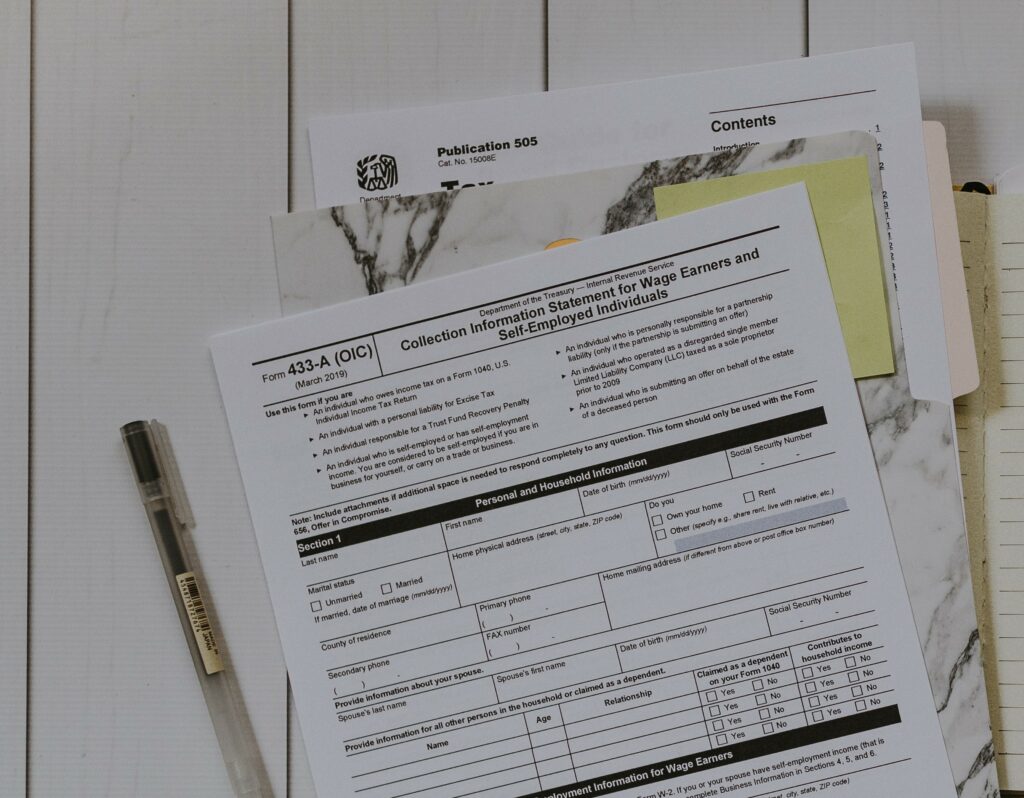
Maintaining Your Records
The surest way to guarantee that you’ll file an error-free Self-Assessment is to keep precise and current records.
You have to keep extensive records of items like:
Your freelance/self-employed income (data and information on your business invoices and expenses)
Capital gains
Self-employment income
P11D
Dividends
Unemployment benefit
Partnership income
Interest
Payment on account
Pension income
Rental income
Gift aid
Foreign income
Pensions contributions
Things can get confusing for people filing for the first time. However, it’s always great to keep as many records as possible. To be on the safe side, you can speak to a tax specialist to get a clear perspective of what’s needed of you.
How Much Will I Pay as Income Tax?
Your income tax is determined by your profits. This implies that you are required to remit payments for and all earnings that exceed the personal allowance set on your overall income. For those with side jobs or working on several jobs, then the HMRC will want to establish how much profit you bring in from these jobs.
The profit is determined by taking the total amount earned and then subtracting the business expenses. You should know that your self-employment profits could potentially tip your overall earnings into a new tax bracket. This means higher taxes.
Furthermore, if you have some business expenses, they can lower your tax bill by allowing your side jobs income to offset them.
What Occurs to National Insurance?
The PAYE calculations that are made by your employer usually cover your National Insurance payments. However, if you are self-employed or are both employed and self-employed, then get ready to begin making self-employed National Insurance on your profits.
The amount you pay is usually determined by HMRC once they go through your Self-Assessment. The amount that is set should be paid by the 31st of January each year.
How to Fill Out Your Tax Returns
Once you’re done with registration and have gotten the logins and passwords, and have established the amount you ought to pay, make sure you have sufficient money to make payments.
You can leverage the annual Self-Assessment tax return online at Gov.UK to establish the amount you need to pay.
What Happens Next?
Check the details that you have entered and compare them with your documents. If they match, press enter and wait. HMRC will determine the exact amount you’re required to pay. You’ll then be required to give the amount, which you can do through bank transfer.
Recommended next, Excel for Investment Banking, Sales, Trading and Treasury


